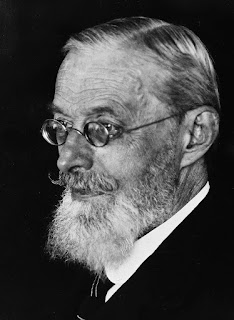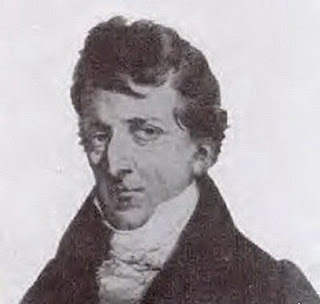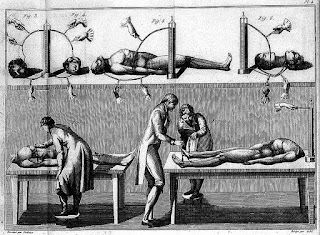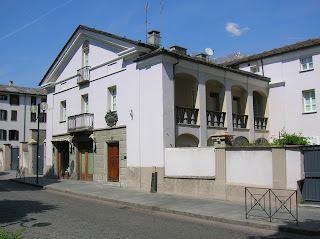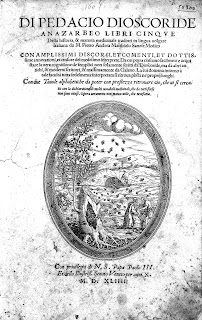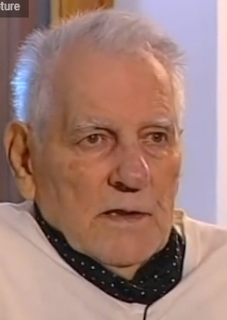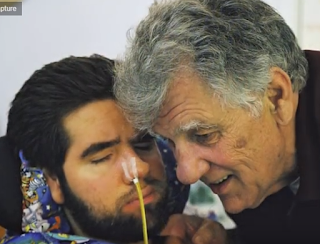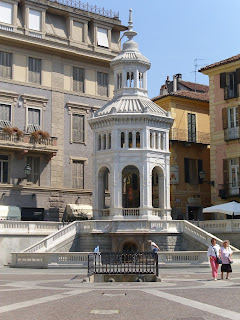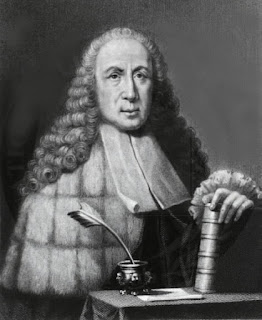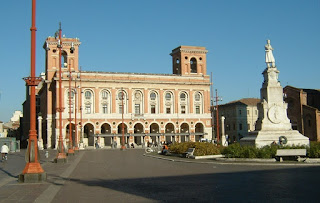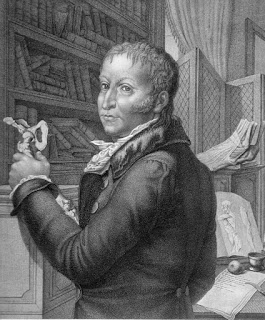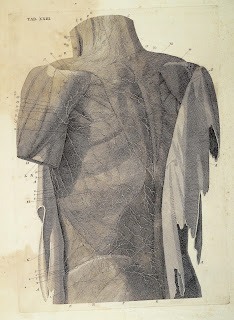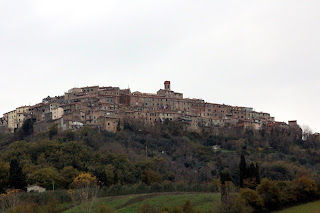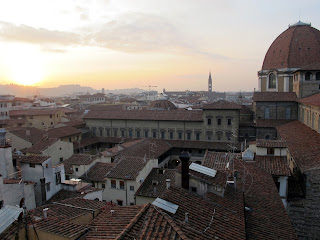Man of religion who advanced mathematical knowledge
 |
| Luigi Guido Grande was an acclaimed mathematician |
He had been court mathematician to the Grand Duke of Tuscany, Cosimo III de’ Medici, and because he was also an engineer, he was appointed superintendent of water for the Duchy.
Grandi was born in 1671 in Cremona and was educated at the Jesuit College in the city.
He joined the Camaldolese monks at Ferrara when he was 16 and a few years later he was sent to the monastery of St Gregory the Great in Rome to complete his studies in philosophy and theology in preparation for taking holy orders.
Having become a professor in both subjects at a monastery in Florence, he became interested in mathematics, which he studied privately.
Grandi soon developed such a reputation in the field of mathematics that he was appointed court mathematician by Cosimo III.
 |
| Grandi was involved with the drainage of the Chiana Valley, south of Arezzo |
In 1709 Grandi visited England, where he was elected a Fellow of the Royal Society, and in 1714 he was named Professor of Mathematics by the University of Pisa.
He published studies on the conical loxodrome and on the curve, which he named versiera from the Latin verb, to turn. The curve was later studied by the female scientist Maria Gaetana Agnesi. Through a mistranslation into English, the curve became known in England as Agnesi’s witch, because the translator mistook the word for curve, for the word for witch.
Grandi was perhaps best known for his work on the rose curve, which he named rhodonea. The mathematician died in Pisa on 4 July 1742.
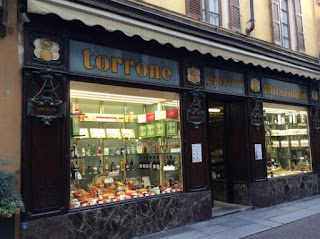 |
| The Sperlari shop in Cremona specialises in torrone (nougat) |
Cremona, where Grandi was born, is famous for having the tallest bell tower in Italy, il Torrazzo, which measures more than 112 metres in height. As well as being well known for making violins, Cremona also produces confectionery. Negozio Sperlari in Via Solferino specialises in the city’s famous torrone (nougat). This concoction of almonds, honey and egg whites was created in the city to mark the marriage of Bianca Maria Visconti to Francesco Sforza in 1441, when Cremona was given to the bride as part of her dowry.
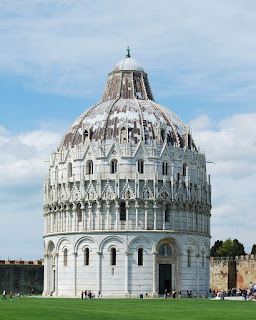 |
| The Bapistery in Pisa's Campo dei Miracoli |
Pisa, where Grandi was a professor at the university until he died, is famous for its Leaning Tower. The tower is one of the four buildings that make up the cathedral complex in the Field of Miracles (Campo dei Miracoli). The Duomo was the first to be constructed and then the Baptistery was added. While work on the tower was being carried out, a cemetery (Campo Santo) was added. During the summer, the Leaning Tower is open to visitors from 08.30 to 22.00. Tickets to climb the tower are limited and booking in advance is recommended if you want to avoid queuing. For more details, visit www.towerofpisa.org/tickets.
More reading:
Why Einstein nodded his respect to this mathematician from Padua
Scientist who emerged from Galileo's shadow
When Italy needed the world's help to save the Leaning Tower
Also on this day:
1914: The birth of the car designer Giuseppe Bertone
1927: The birth of the actress Gina Lollobrigida
Home
